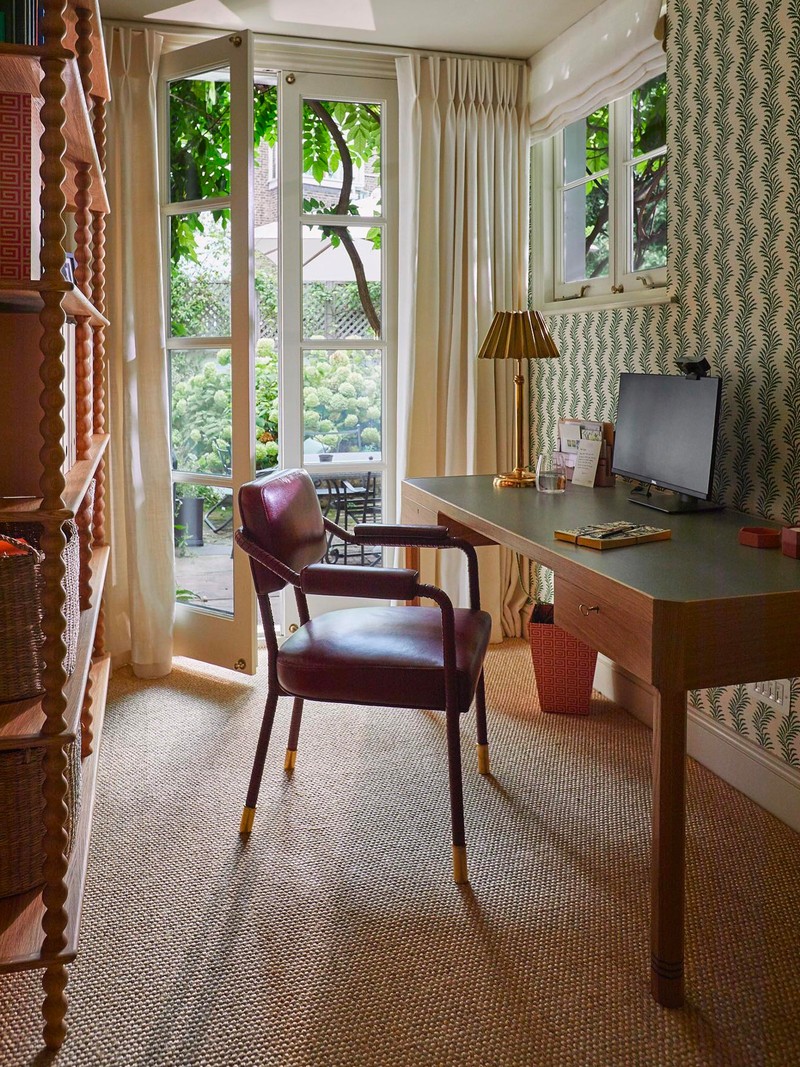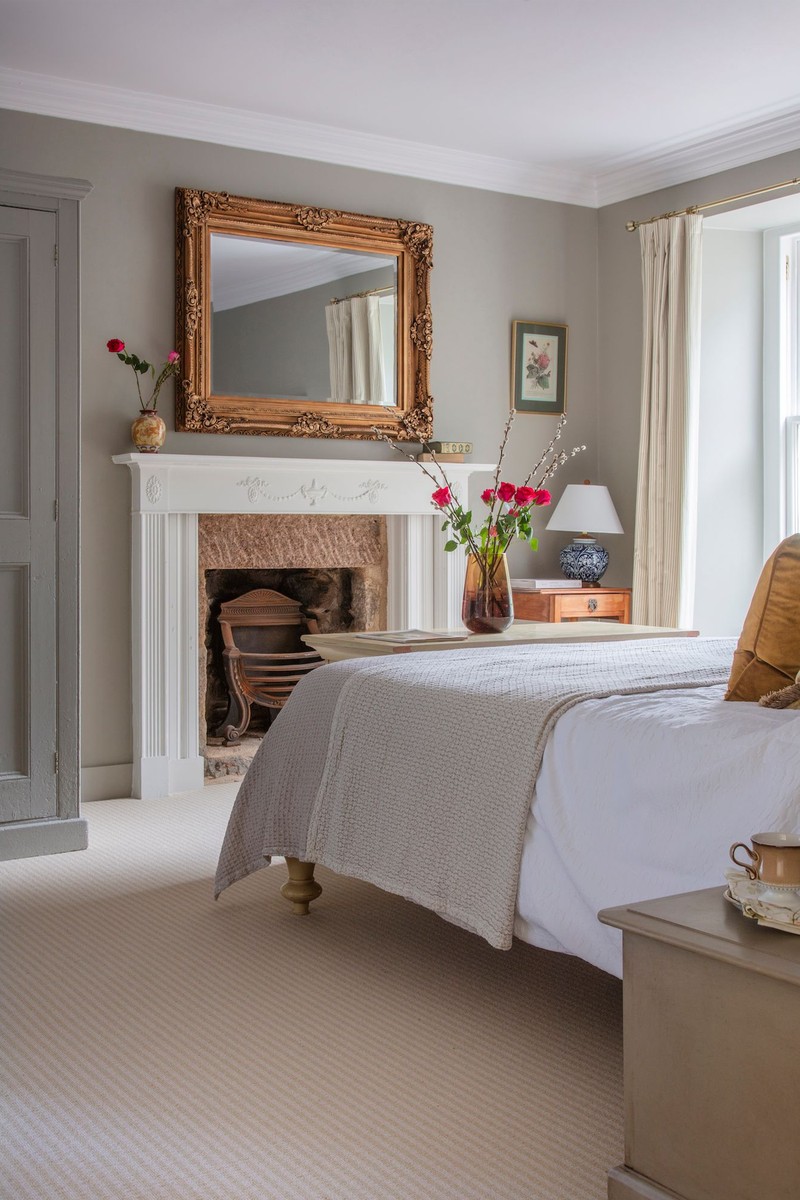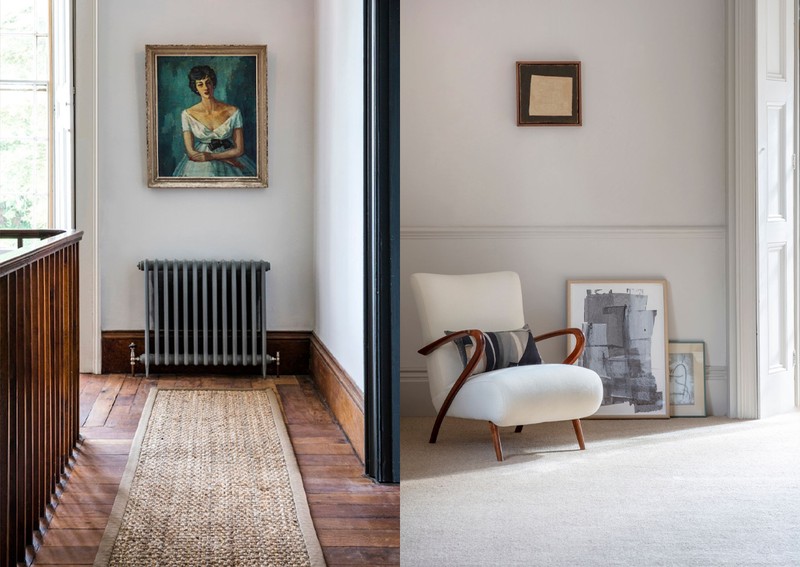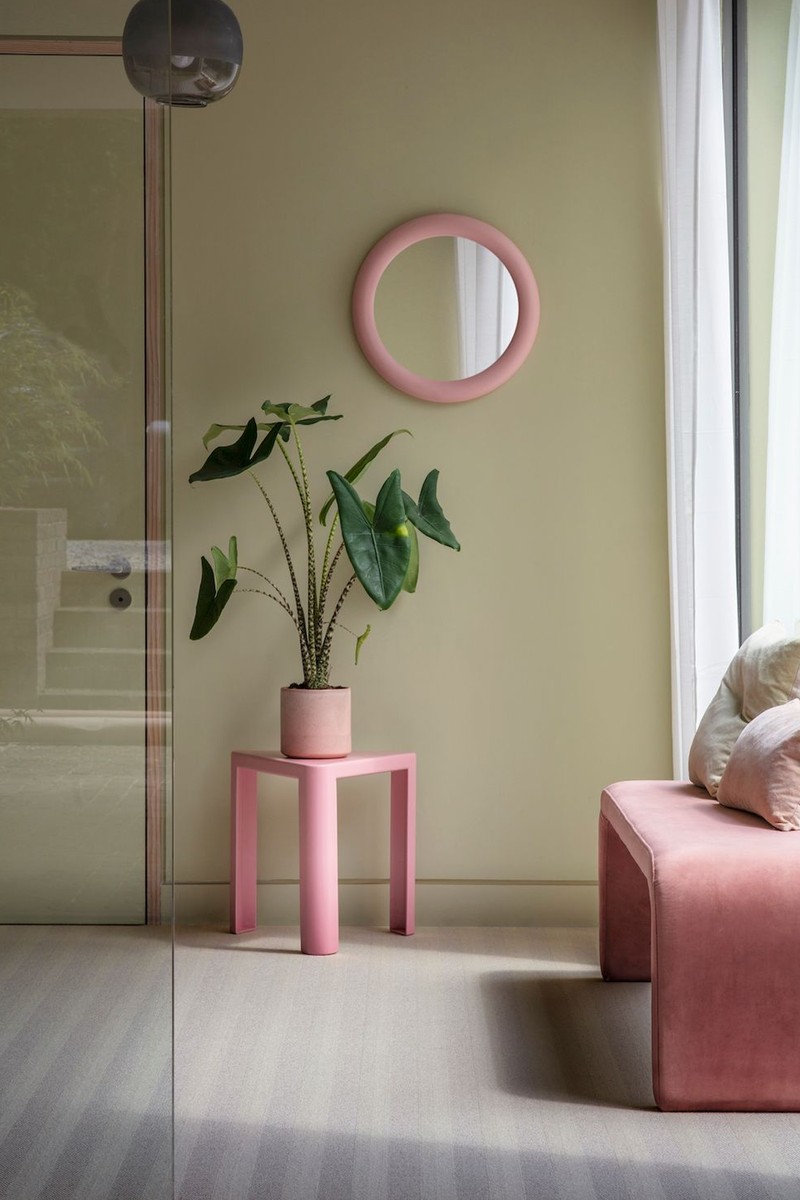How To Choose The Right Carpet For Your Home
When it comes to choosing the material – where should you start?
“There are pros and cons to both wool and man-made carpet, and it’s true that they both have their place. Wool may be more expensive than synthetic options, but it offers fantastic insulation for the winter months, is naturally fire resistant (useful if you have an open fire in a living room), withstands high traffic, and is resistant to soiling and dirt thanks to the natural oils. However, to protect against all stains, wool carpet must be stain guarded. Synthetic materials, on the other hand, are more stain resistant, are more affordable and won’t fade with time. At the same time, synthetic materials flatten easier than wool, so aren’t the best choice for high-traffic areas like stairs and they aren’t sustainable. They are a by-product of the oil industry and take many years to degrade in landfill.” – Ann Marie Cousins, founder of AMC Design
What are the natural options?
“Sisal is becoming more popular because it’s stylish, versatile and hardwearing. Sisal is expertly woven in different shades, meaning it has a darker fleck, which can disguise dirt in hallways, making it ideal for high-traffic spaces. Seagrass is another natural option – it’s handwoven and the irregularities in the weave are part of its beauty. However, natural fibre floorings do not like water and stains can be a problem. Woosie is a wool sisal option mixing the best qualities of two natural fibres that are firm favourites. The wool gives a soft feel while the sisal adds rustic texture and interesting shades.” – Lorna Haigh, creative director at Alternative Flooring
“Sisal gives a great look, but you have to go with the flow – it’s hard to clean and the fibres fade if exposed to sunlight. Pure wool is hard wearing and surprisingly easy to keep clean. It’s a matter of taste but I prefer a looped carpet as it looks more contemporary than a cut pile. Kersaint and Cobb is one of my favourite brands – its carpets have the softness of a cut pile but the look of a loop, and are perfect for landings and bedrooms as it’s soft underfoot.” – Laura Stephens, interior designer
How should the space dictate your choice?
“For dining spaces and high-traffic areas with a higher risk of spills, I’d only ever opt for man-made options. Man-made carpets are also great for households with pets and young children as they offer increased durability.” – Kelly Collins, interior designer & head of creative at Swyft
“If budget allows, wool is luxurious, durable and long-lasting. Our ethos has always been to do it once, and do it right, so we like to use wool, or an 80/20 wool and synthetic mix. However, for rooms where there is a possibility of spills and mess, such as a child’s bedroom or playroom, I’d always choose synthetic.” – Ann Marie
What are the best options for stairs?
“Avoid 100% synthetic carpets on staircases as they aren’t dense enough. Also avoid a loop pile, as dirt can get trapped in the loops and they can be tricky to clean on the stair edge.” – Ann Marie
“The carpet on a staircase should be relatively hardwearing. For this reason, it’s best to avoid textiles like seagrass that can become slippery over time, as well as deep-pile carpets, which can grin. This is when the backing of the carpet becomes visible through the rows of yarn – it’s not a good look. For the same reason, avoid large loop pile carpets, which are also easy to get a pointed heel caught in. If your stair runner is being cut down from a full-width carpet, you must edge the carpet otherwise it will fray. This can be done with an attractive trim or border.” – Lorna
So, what’s your advice on choosing the right pile?
“The pile options for carpets include loop (durable) and cut (plush, Saxony, frieze, textured). Loop piles are best for high-traffic areas, while cut piles cater to different spaces based on style, foot traffic and comfort. I always consider lifestyle, formality, and maintenance when choosing the right pile for a home. If your home is prone to dust, then a short pile is a wise decision.” – Kelly
“Plush (or Saxony) carpets have a pile that’s cut to a uniform height, which offers an elegant and smooth look. It’s dense and velvety in appearance. Because it’s so soft, you may see footprints in it as you walk across the floor. It offers a classic look. Cut pile is very similar to a plush carpet, while a woven carpet – like Axminster and Wilton carpets – are a luxury product. They are very time intensive to make and known for their detailed patterns. You also have Berber loop pile carpets, named after the Berber tribes who first created carpets by creating small loops. Today, Berber carpets are made with wool, nylon, polypropylene or a mixture. The lower the loop, the more hard-wearing the carpet.” – Ann Marie
“People often feel a deep pile equates to luxury, which it does, but it’s a nightmare to clean, which is fine if you don’t have small children or teenagers. Avoid choosing something which is completely flat in colour – a small fleck or texture adds depth and won’t deaden the space.” – Laura
Any tips for finding a quality man-made carpet?
“Man-made carpets have come on leaps and bounds over the years. The quality of the carpet will depend on the fibre construction and twist, so the first thing to think about is how the space will be used before then thinking about budget and style preferences. Nylon, polyester, Triexta and polypropylene are great alternatives to wool, and have their own benefits to consider. Polyester carpet is often made from recycled material, which is a great attribute, and Triexta is a new product, which is like polyester but has a much softer finish. It’s made from corn glucose, so is considered more eco-friendly than other synthetics. Polypropylene is like wool but is very stain resistant and budget friendly. So, depending on the room, the traffic the carpet will endure and your budget, there are options to suit.” – Ann Marie
“Unnatural Flooring is great for man-made carpets. They are very hard-wearing, fully washable and look smart in bedrooms, especially when layered with a rug.” – Laura
If you have moths in your home, what should you keep in mind?
“For households dealing with moth issues, man-made carpets are generally safer, as moths tend to target natural fibres. Using moth repellent sprays can be helpful, but do make sure the spray you choose is an anti-stain spray, as some can leave marks on fabrics.” – Kelly
“Natural options like sisal, seagrass, coir and jute are extremely moth resistant.” – Lorna
What’s your advice for looking at carpets in a showroom?
“Always lift a corner of the carpet swatch to examine the lining quality. Make sure the threads don’t pull off easily and the lining has a good weight to it. You can then ask the sales assistant about the carpet’s durability and properties to help you make an informed decision. One of the most common mistakes is to neglect the durability and pile height – it’s not all about the colour and appearance of a carpet.” – Kelly
“Don’t forget a carpet will look different in your home, depending on which way the room faces and what colour is on the walls and the furnishings. Ask to borrow a large sample and live with it for a few days.” – Ann Marie
How much does the underlay matter?
“What is underneath your carpet matters hugely. A good underlay will extend the life of your carpet by absorbing the impact of footfall and will help a new carpet to feel even more luxurious. It can also add extra benefits like sound insulation.” – Ann Marie
Finally – what’s the best way to maintain your carpet?
“After a new carpet is fitted, let the adhesive settle and then hoover regularly for the first few weeks. Limit walking on it with shoes in the first few days so it can settle without you having to immediately scrub out any dirty marks. Regular vacuuming and spot cleaning are a must for long-term maintenance, especially in homes with children and pets. I recommend using a spot cleaner once a month.” – Kelly
“On a loop pile carpet, use a cylinder cleaner with the suction head only, while cut pile carpets should be vacuumed with an upright leaner and bearer bar and brush. Always clean up spills immediately and invest in a good doormat to prevent people from bringing dirt into your home and walking on your new carpet.” – Ann Marie
“If you have chosen a wool or natural carpet, ask your fitter about having Intec applied. This is an environmentally friendly stain-resistant solution that will significantly prolong the life of your carpet.” – Lorna
For more from the experts, visit SwyftHome.com, AMCInteriorDesign.co.uk, LauraStephens.co.uk & AlternativeFlooring.com
DISCLAIMER: We endeavour to always credit the correct original source of every image we use. If you think a credit may be incorrect, please contact us at info@sheerluxe.com.



/https%3A%2F%2Fsw18.sheerluxe.com%2Fsites%2Fsheerluxe%2Ffiles%2Farticles%2F2023%2F08%2Fsl-carpet-101-alternative-flooring3.png?itok=Br5BiofM)


